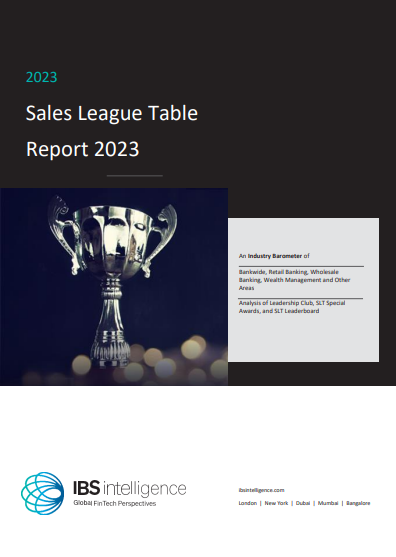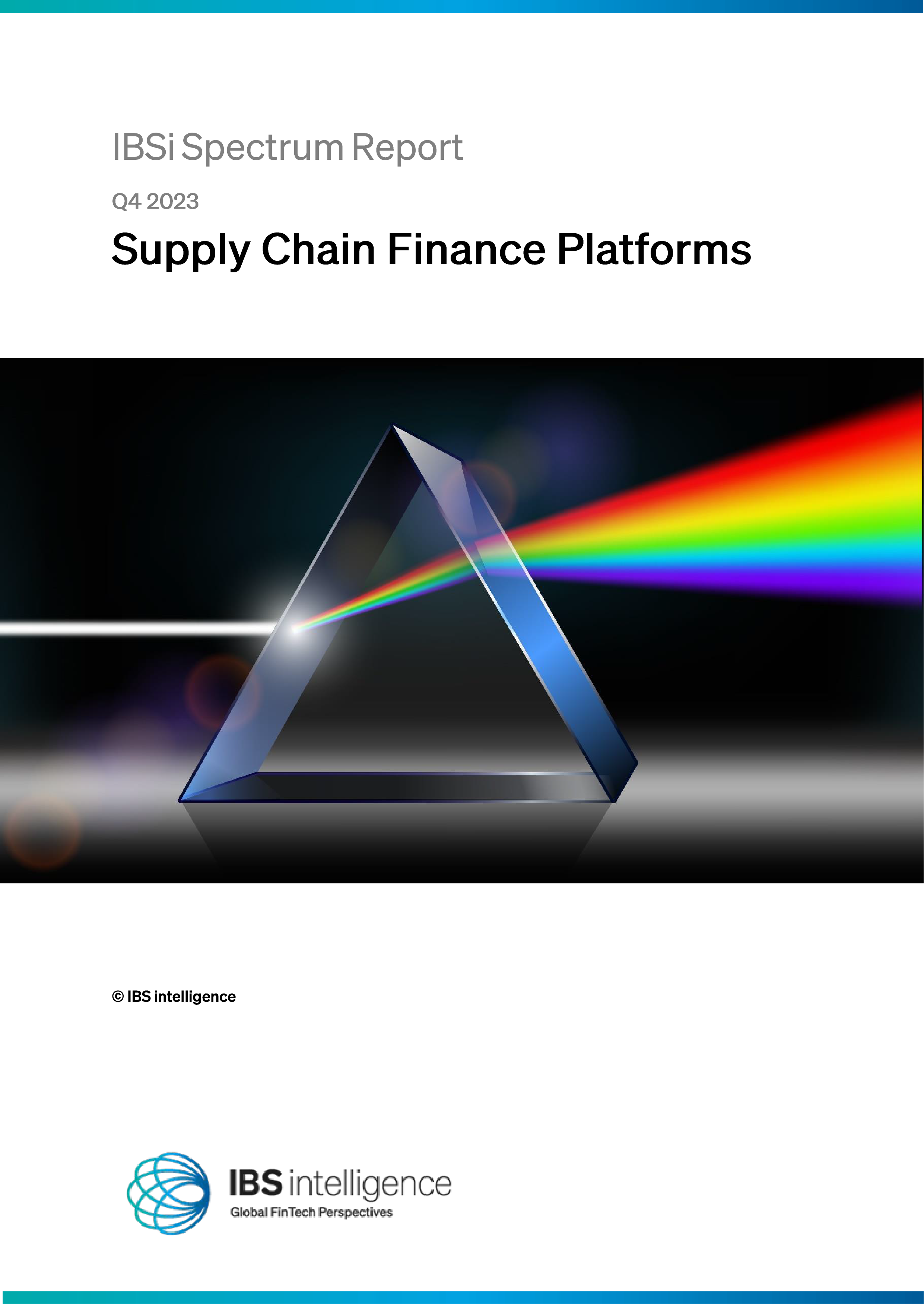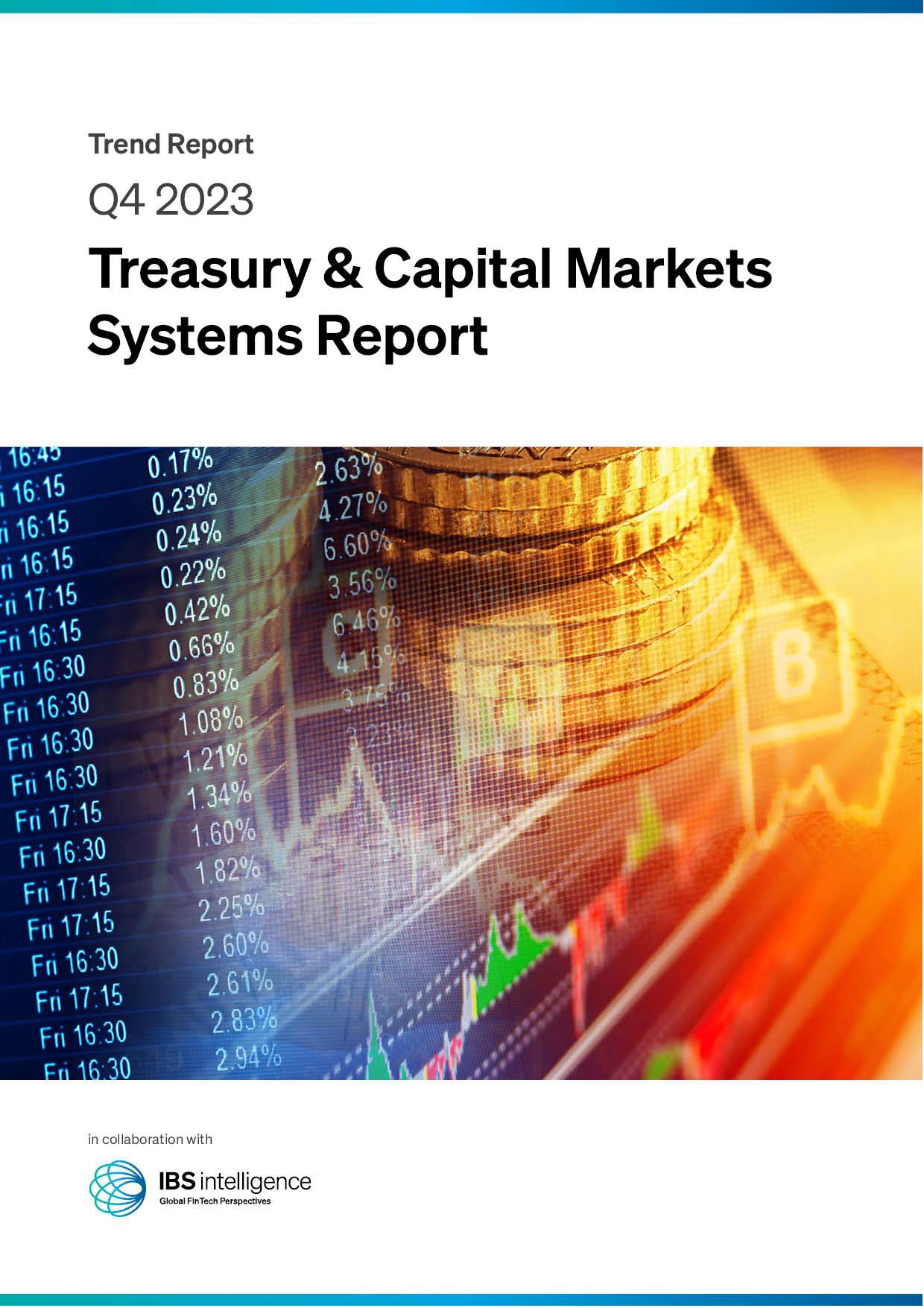 Back
Back
Fundamental review of the trading book: how will banks choose the best model in 2018?
The beginning of the year is so often the time of fresh starts, new initiatives and renewed hope. But given the seismic challenge global banks face to accurately calculate how much capital is needed to shield themselves from sharp price falls, some could be forgiven for abstaining from any New Year vigour.
From January, banks have been given less than two years to iron out all the operational wrinkles (of which there are many) involved in implementing the market risk and regulatory capital rules known as the Fundamental Review of the Trading Book (FRTB). While this may seem like a way off, and while delays might occur, as they often do with regulatory timetables, one look at the scale of the work ahead shortens the timeframe somewhat. From fundamentally reorganising their trading operations to upgrading their technology capabilities and improving procedures – that’s a lot to get done.
No bank wants to start the New Year in 2020 feeling completely overwhelmed, which is why when it comes to FRTB, decisions need to be made on whether to adopt a Standardised Sensitivity-Based Approach (SBA) or Internal Model Approach (IMA). Historically, all firms with trading operations have been required to use their own internal models, due to the fact that the standard approach relied on notional instead of risk sensitivities. The problem is that under FRTB, current internal models won’t be up to scratch when it comes to enforcing the right level of capital to cope with times of stress. And let’s face it, with the geopolitical climate the way it is, trading desks may be in for more than a few bouts of stress throughout 2018.
New management structures
In order to reduce this reliance on internal models, SBA provides a credible alternative for trading desks to operate under a capital regime that is conservative, but not punitive. But those taking the IMA route will need to get approval for individual trading desks, as outlined by the European Banking Authority (EBA) recently. This presents a significant challenge as it places additional responsibility with each desk head for the capital-output, and increases the complexity of bulge bracket institutions running hundreds of trading desks. Each desk will need to put in place a management structure which controls the information driving its internal model, not to mention understand how the output can be used for risk management.
Regardless of the model banks adopt, the standard vs. IMA approach underpinning FRTB brings specific data challenges, both in terms of the volume and granularity of underlying data sets required to run risk and capital calculations, including the model ability of risk factors for IMA. This is why, regardless of the selected approach, the banks that have identified how to get the most out of their internal and external data sets will be best positioned to get their FRTB preparations off to the best possible start.
By Neil Vanlint, Goldensource
IBSi News

April 16, 2024
European Banking Authority
Banking sector highlight customer service interactions as top concern, study shows
Read More- Daily insightful Financial Technology news analysis
- Weekly snapshots of industry deals, events & insights
- Weekly global FinTech case study
- Chart of the Week curated by IBSi’s Research Team
- Monthly issues of the iconic IBSi FinTech Journal
- Exclusive invitation to a flagship IBSi on-ground event of your choice
IBSi FinTech Journal

- Most trusted FinTech journal since 1991
- Digital monthly issue
- 60+ pages of research, analysis, interviews, opinions, and rankings
- Global coverage
Other Related Blogs
June 06, 2022
Sustaining the future of trade: How FinTechs are making global trade more inclusive
Read MoreRelated Reports

Sales League Table Report 2023
Know More
Global Digital Banking Vendor & Landscape Report Q1 2024
Know More
Wealth Management & Private Banking Systems Report Q1 2024
Know More
IBSi Spectrum Report: Supply Chain Finance Platforms Q4 2023
Know More

